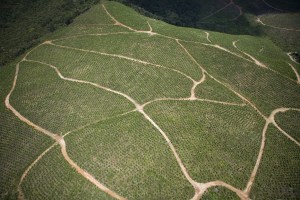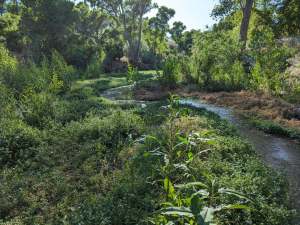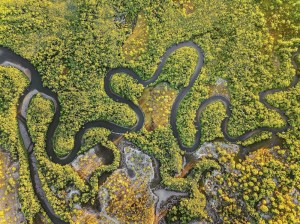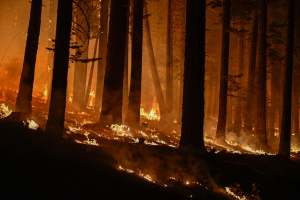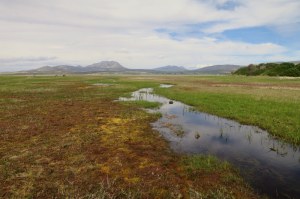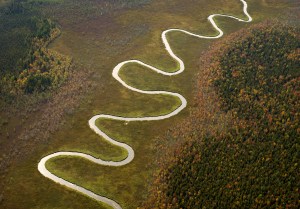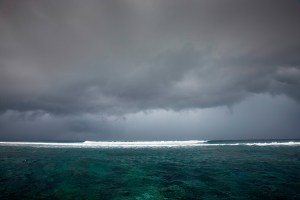Discover stories in Mapping
Mapping Global Land Conversion to Support Conservation Planning
A new map identifying land conversion pressures helps identify where conservation interventions are most urgent.
Mapping the World’s Groundwater-Dependent Ecosystems Reveals Protection Gaps
A first-of-its-kind global map shows 53% of groundwater-dependent ecosystems are in areas of known groundwater depletion, and likely at risk.
From Moose to Marmots, Microclimates Could Provide Climate Buffer
Microclimates — variation in everything from rock formations to vegetation — will help species survive the current and future climate crisis.
Mapping the Planet’s Critical Areas for Biodiversity & Nature’s Contributions to People
New science points to areas where conservation can provide 90% of nature’s contributions to people and meet biodiversity goals.
Prioritizing Land Protection to Save Mammals from Extinction
A new study identifies habitats where strengthening existing conservation protections can reduce extinction risk for mammals.
Loss of Coastal Ecosystems Increases Risk from Tropical Cyclones
Science identifies where coastal ecosystems will be crucial for coastal protection services in a world altered by climate change.
Forest Management Can Keep Carbon in Forests and Protect Communities from Wildfire in the American West
The U.S. is investing billions of dollars to reduce forest fire risks. New research maps the hot spots where investments in strategic forest management could offer the biggest payoff for people and climate.
Solar Energy Development Doesn’t Have to Destroy Vital Habitat (but It Could)
With careful planning, the U.S. could produce needed solar energy and still protect lands important for animal movement and migration.
The First World Map of Tidal Marshes
A new global map of tidal marshes, one of the world’s most productive ecosystems.
The Value of Words + Pictures
Think nature-based tourism is only tied to wildlife watching and hiking? New science says we need to think again—especially in the Eastern Caribbean.
Why Protected Areas Must Consider What’s Beneath the Surface
New research finds that 85% of protected areas with groundwater-dependent ecosystems have groundwatersheds that may be underprotected.
The Ocean Has Almost No Wilderness Left
New research shows that just 13.2 percent of the ocean remains as wilderness, free from human impacts.
